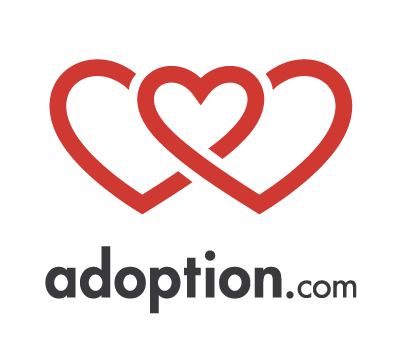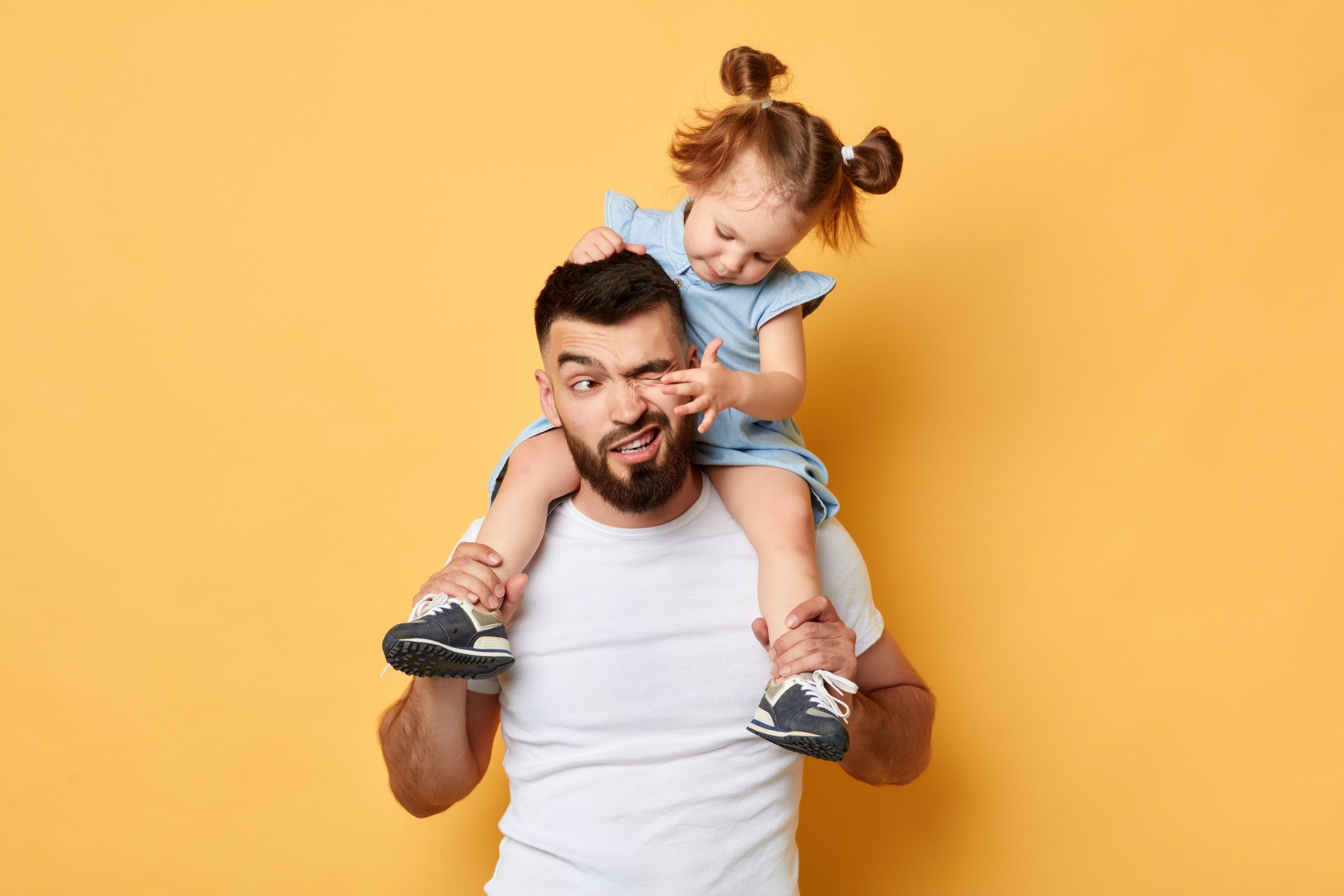Creating a Safe Place for Big Feelings
I don’t know about you, but the very idea that I could express displeasure at my siblings or parents was a foreign concept. As was the case for many people, there was a clear hierarchy: the adult supersedes the child in all scenarios. If there was a question about if a child or their teacher was wrong, the teacher wasn’t ever wrong. If there was a question of if the child or the parent was wrong, the parent was never wrong. It’s just the way it was. Children were to be seen and not heard as a general rule.
Imagine my shock when during one of our first foster parent classes there was a discussion of how to apologize when we are wrong as parents. The concept was not a familiar one. We’d further go on to discuss how to make our home a safe place for whatever emotions or “big feelings” our kids were feeling. We were encouraged to not disregard the child’s feelings but to try to help them process them if we could.
My kneejerk response was of course one of anger and frustration. I was rarely, if ever, apologized to as a child. Scratch that, I’m a grown adult and I’ve yet to hear an actual apology from my parents. And providing a place to let them deal with outbursts? What in the upside-down, Lord of The Flies world have I landed in?
Obviously, the further through the class I got, things started to make sense. Children, especially children who were adopted from a hard place like foster care, or an overstaffed orphanage, often struggle with emotional regulation. Their early childhood was at best maladaptive most of the time. Giving them the space and time to feel their emotions and apologizing when the adults get it wrong is integral to them developing the coping skills they will need to survive in the world around them.
We do this in a few different ways. Therapy is crucial for all of us, to start. I need to get over my kneejerk reaction to disrespect–which is often just another, smaller person expressing their feelings about a situation. Sure, they can say things in a nicer way. I can also not ban them to another room until they want to not hurt my feelings. It’s a learning process that requires time.
One way of helping us cut through our urge to simply shut down whatever emotional situation we find ourselves in is to say “yes” when we can. This means, instead of just letting my default response be “no” I think about what the question was and try to figure out the reason behind it.
For instance, my kiddo asked to go bounce on the trampoline. It was after dark (because the winter is a cruel mistress who only allows us daylight for too few hours a day) and I was reading something, only half paying attention anyway. Old me would have just said no outright. When I looked at my kid though, I changed my mind. She had a tremor in her voice when she asked a question she was pretty sure she’d get a “no” answer. Her eyes were shifting around the room and she was bouncing from one foot to another. She was wildly overstimulated and was about 5 seconds from a meltdown. So, I gave her a flashlight and let her bounce on the trampoline until she felt regulated enough to come in.
Consistently doing that, watching body language, saying yes when they expect a no, making sure they have enough protein and water during the day, and making physical contact when they are comfortable with it are ways to help us all feel safer.
When the kids feel safer, we become their safe place to let their negative emotions out. This is not exactly fun, but it is progress. Once we are their safe place emotionally, we also need to make a safe place physically. This is a little different for each kid, honestly. One of my kids feels safest wrapped in my arms, even if I’m the person she’s angriest at. She needs to know physically I haven’t stopped loving her because we’re upset at each other.
For my other kids, this looks like a whole part of a room sectioned off with cushions, a small trampoline, stuffed animals, and a weighted blanket where they go when they can’t make safe choices. One of my girls is prone to self-harm. Sometimes, we have to go to their quiet spot and I’ll sit in a chair and just watch her so she won’t hurt herself. She’s allowed to bounce on the trampoline and yell at the ceiling, but she isn’t allowed to hurt herself. Eventually, after a good bouncing, squeezing a stuffy, and sitting under the weighted blanket for a bit, she usually feels like talking through what went wrong.
Another kid of mine is violent: throws punches and chairs when she’s mad kind of violent. We learned some form of physical restraint is sometimes important or she will hurt someone on purpose depending on how worked up she is. It’s a whole thing. Regardless, once she’s in her safe, quiet place with nothing harder than a teddy bear to throw, she begins to regulate and can usually talk through what’s wrong.
It is astounding to me how asking someone to brush their hair can quickly escalate to people throwing things and telling me how very hated I am. I’m learning to let them say the hurtful things because, eventually, they’ll calm down. Eventually, they’ll remember we love each other. And when that happens, they spill what is really hurting their hearts. (Spoiler, most of the time it has nothing to do with me. Like…at all.)
An apology goes a long way in this house. That is an apology from me, anyway. If I come to them humbly and ask forgiveness for whatever I might have done wrong in an interaction (raised my voice, rolled my eyes, intoned something sarcastically, jumped to a conclusion, etc.) they almost always melt into my embrace insisting that of course they forgive me, and love me.
Do I get this whole thing wrong regularly? Yes. But I’m learning. And my kids will grow up knowing I don’t think I’m perfect and I love them very much. They are safe both physically and emotionally. And they can tell me when they are feeling big feelings.






